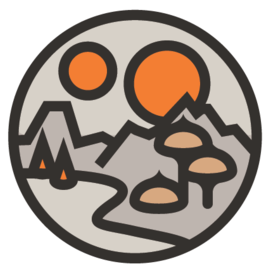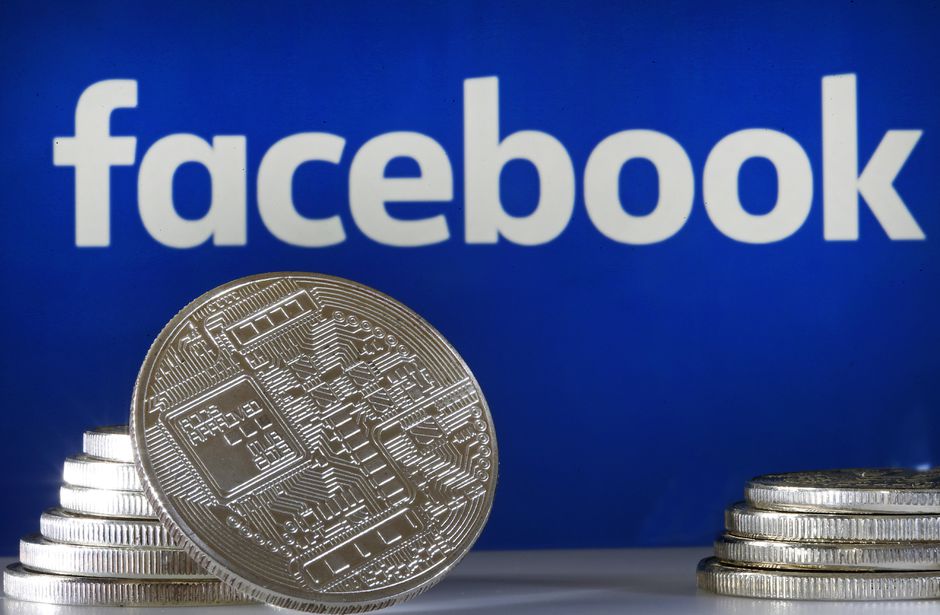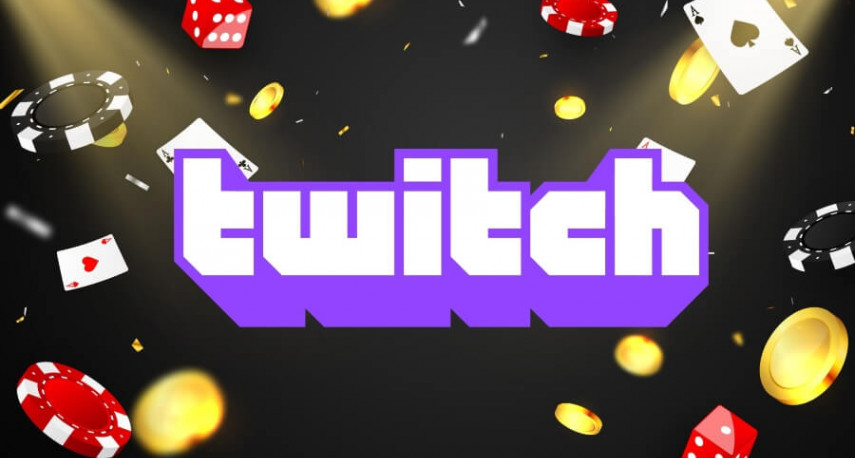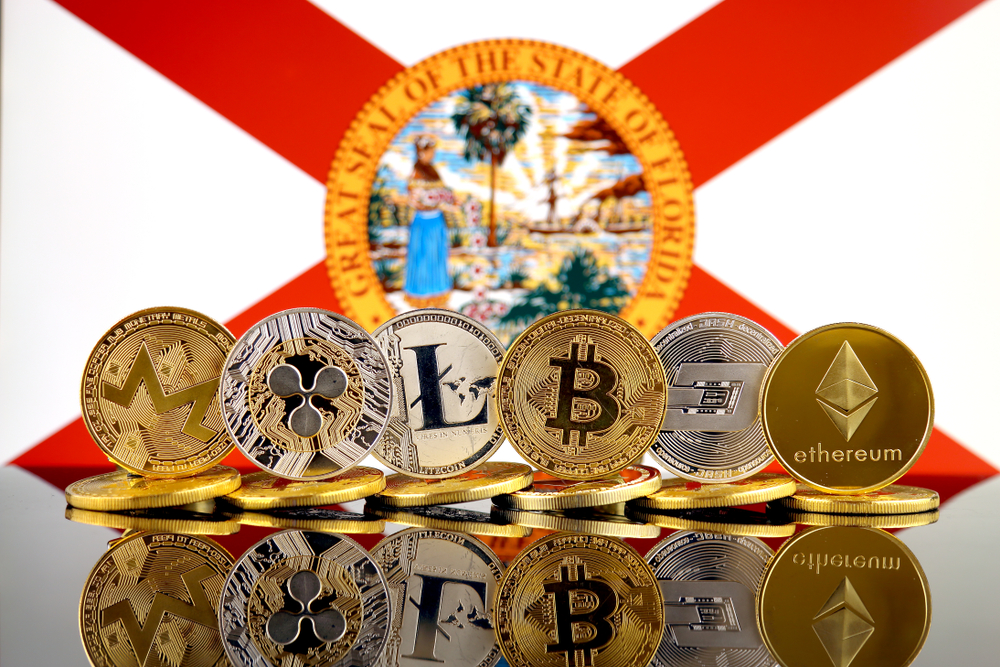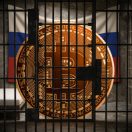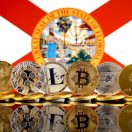Decentraland is a blockchain-powered virtual reality platform built on Ethereum. It supports a shared virtual world known as a “metaverse” that’s made up of plots of land where users can create and experience content and applications. Content can range from interactive games to static 3D scenes.
Land in Decentraland is a non-fungible digital asset stored in an Ethereum smart contract. It can be bought using MANA, which is Decentraland’s native utility token. MANA can also be used as payment for digital goods and services sold on the platform.
Decentraland is completely decentralized and no single entity has the power to prevent others from accessing the world, modify the rules of land content, or disrupt the economics of the platform’s internal currency.
Potential Use Cases of Decentraland
Applications – Decentraland’s scripting language allows the development of applications, games, and dynamic 3D scenes. It’s designed to handle a wide range of capabilities, including loading textures, creating objects, handling physics, payments, external calls, sounds, and encoding user interactions, among other things.
Content Curation – Users on the platform will gather around neighborhoods of shared interested. Content creators with land parcels in high-traffic areas will be able to quickly drive users to their content.
Advertising – Brands may promote their services, products, and events on billboards near or in high-traffic areas. Brands may also feature their products in districts to create experiences that engage with their target audience.
Digital Collectibles – Users can publish, collect, and distribute rare digital assets issued on the blockchain. These digital assets will be traded inside Decentraland using the scripting system and be backed by its identity system.
Social – Groups that currently gather on online forums, chat groups, or multiplayer games could port their communities into the platform. Offline communities could also find a space on the platform to gather.
Other Use Cases – Decentraland’s potential is almost limitless. It could be used for all kinds of uses cases, including education, 3D design, virtual tourism, training development, and more.
History of Decentraland
Decentraland was launched in June 2015 as a proof of concept for allocating ownership of digital real estate to users on a blockchain. The first iteration of the virtual world was implemented as a pixelated 2D grid. Each pixel carried metadata describing the pixel’s color and identifying its owner. This period was known as Decentraland’s Stone Age.
In late 2016, Decentraland was upgraded to a 3D virtual world that divided land into parcels. This period is called the Bronze Age. The owner of a land parcel is able to associate it with a hash reference to a file using a modified version of the Bitcoin blockchain.
Users exploring the world can use BitTorrent and a distributed hash table (DHT) to download files containing a land parcel’s content. Anyone can run a node, download and verify the blockchain, and explore the world by following more complex instructions.
The next iteration of Decentraland will be called the Iron Age. It will create a social experience with an economy driven by land ownership and content distribution. Developers will be able to build applications on top of land parcels and distribute them to other users.
The Iron Age adds three things:
P2P communications – Decentraland will add a communication layer that will enable social experiences and provide positioning, voice chat, and more.
Scripting system for interactive content – Decentraland will implement a scripting system that will enable landowners to interact with 3D objects and applications running on land parcels.
System of fast cryptocurrency payments – Decentraland will add a low-fee payment system that will jumpstart an economy in the environment of the virtual world.
Decentraland plans to release a fourth and final iteration of the metaverse that will be called the Silicon Age. This will introduce a full-fledged 3D world with full VR support that lives on the blockchain.
How Decentraland Works
Decentraland is a traversable virtual world that uses the Ethereum blockchain to store information about land ownership and its content. New land can only be created next to existing land, allowing for spatial discovery of new content and the creation of districts devoted to a special topic or theme.
This adjacency enables content creators to establish virtual districts where end users can discover and enjoy themed experiences. Users can travel through neighborhoods and interact with applications they stumble upon.
Decentraland’s virtual world is similar to open-world games like Bethesda’s Elder Scrolls series or Second Life, but instead of playing on a 2D screen, you are participating in a 3D world. The protocol is made up of three layers:
1. Consensus Layer
This layer tracks land ownership and its content. Decentraland uses a smart contract to maintain a ledger of ownership for land parcels called LAND. Each parcel of LAND has unique (x, y) coordinates, an owner, and a reference to the content description file that encodes what the landowner wants to serve.
2. Content Distribution Layer
This layer enables users to download assets using a decentralized distribution system. Users can use BitTorrent and a DHT to access magnet links and download reference files from LAND smart contracts that describe how each parcel needs to be rendered. This distribution enables Decentraland to exist without the need of any centralized server infrastructure. The metaverse will always exist as long as there are users who can distribute content.
3. Real-Time Layer
This layer enables users to connect to each other in real time. Users can communicate by establishing connections with the help of servers hosted by landowners. P2P connections will be required to provide social interactions between users and applications inside parcels. Landowners must provide rendezvous servers to coordinate those connections. The social experience of users on the platform will include avatars, the position of other users, messaging, voice chat, and interaction with the virtual environment.
Ownership of land is established by the consensus layer. The content in a land parcel is referenced through a hash and can be downloaded using a torrent client or IPFS (Inter-Planetary File System). The downloaded files contain:
Content files – References to 3D meshes, audio files, textures, and other relevant content required to render the parcel.
Scripting entry point – The scripting system controls the location and behavior of a LAND parcel. It allows applications to function and coordinates behaviors like user interactions, the positioning and movement of objects, and the timing and frequency of sounds played.
P2P interactions – P2P interactions allow the Decentraland client to connect to a server that handles users connections, enables messaging and voice chat, and handles positions in the virtual world.
Hosting and serving content in the virtual world will incur significant costs. Users of the Decentraland P2P network currently seed the content out of goodwill without compensation. In the future, this infrastructure cost can be covered by using protocols like Filecoin. But until this technology becomes widely available, automated micropayments can be used to pay for quality of service. The proceeds of the platform’s continuous sale of MANA will cover those costs over the long run.
LAND and the MANA token
The utility of LAND is based on its ability to host applications and function as an identity mechanism, and its adjacency to other LAND parcels. Developers and content creators must buy land to build applications and reach their target audience.
LAND is bought by burning MANA, which serves as a proxy for the cost of claiming a new parcel. 1 LAND parcel will be sold for 1,000 MANA tokens. Each plot will be 33ft x 33ft and developers can build upwards without any limits.
LAND parcels are distinguishable from each other and they can be auctioned at different prices on a secondary markets based on differences in adjacencies and traffic. Some landowners have already put up their parcels for auction in the Decentraland marketplace.
MANA will serve as a proxy to assess the value of a new parcel of LAND. MANA is also a utility token that will bring value to the network by enabling the purchase of goods and services in the virtual world. All transactions are validated by an Ethereum smart contract.
In order to jumpstart the network, Decentraland is offering rewards to developers and content creators who set up shop on the platform. The foundation will hold contests for creating apps, games, art, and experiences, with various prizes. It will also assign new users allowances so that they can immediately participate in the economy. These incentives are meant to bootstrap the utility value of Decentraland until it can independently attract users and developers.
MANA Trading Volume, Price and Market Cap
2,644,403,343 MANA tokens were issued in an ICO held in August 2017. Just over 1 billion MANA tokens are already in circulation. Decentraland retains 60% of the total supply.
The Decentraland team received a lot of criticism for how they conducted the MANA ICO. They allowed investors with large holdings to pre-order large amounts of MANA using services like Bitcoin Suisse. As a result, the ICO lasted less than a minute before the $24 million USD cap was reached.
Overall, only about 2,000 people participated in the sale out of over 10,000 interested investors. Critics argue that concentrating the ownership of LAND to just a few wealthy users may prevent Decentraland from gaining significant traction.
Despite its bumpy start, MANA has managed to do well on the market. Its post-ICO value was $0.02 USD. It grew tenfold to reach an all-time high of $0.24 USD with a $255 million USD market cap in January 2018. Its price has since gone down, but it’s still two to three times more valuable than the ICO price.
Buying, Storing and Selling MANA
MANA can be acquired from Bancor Network, Bibox, BigONE, Binance, Bittrex, DragonEX, Ethfinex, Gate.io, Gatecoin, HitBTC, Huobi, Kyber Network, Kucoin, TOPBTC, OKEx, LATOKEN, Liqui, Mercatox, UEX, Upbit, and ZB.COM.
As an ERC20 token, MANA can be stored in most Ethereum wallets, including MyEtherWallet (MEW), Jaxx, MetaMask, Exodus, Parity, and Mist. Hardware wallets like Trezor and Ledger Nano S should also work.
Liquidity of MANA
MANA has good liquidity. It appears to have recovered from its disappointing ICO and is doing well on the market. You can easily buy MANA from several exchanges and use it to purchase LAND parcels from the Decentraland marketplace. It’s still too soon to tell if a 3D virtual world built on the blockchain will catch on, but it’s a project worth watching.

